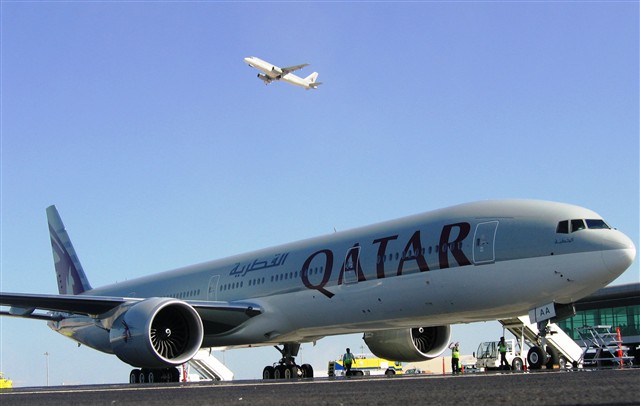Today I’ve got an email from AirShowBuzz, asking for your help.
On December 3, The Schwan Food Company decommissioned the Red Baron Pizza Squadron after 28 years of amazing air show flying. The Red Barons are truly an American treasure and their abrupt retirement is a devastating loss to the national aviation heritage.
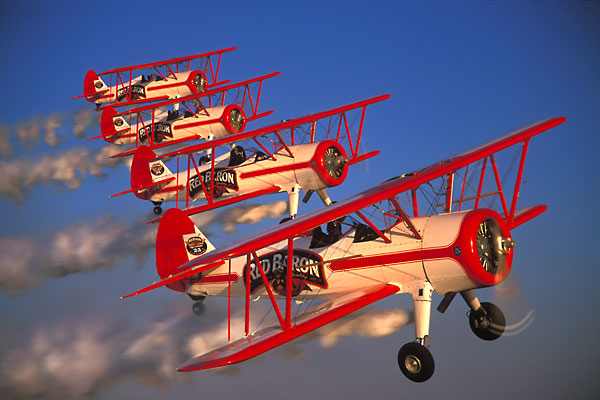
Please click on the link below to go to AirShowBuzz.com and sign the petition.
Please pass this link around and encourage all your friends to do the same. Also, if you have an account with Digg.com be sure to vote for the submission below so they can bring this to the attention of as many people as possible. Together we might all be able to make a difference so future generations can enjoy the sights and sounds of the greatest civilian formation team of all time.
Sign the petition – Save the Red Barons
Digg it
Statement by The Schwan Food Company
“The Red Baron Squadron has been an incredible asset to our company and we are very proud of its long successful history,†said Bill McCormack, executive vice president. “The retail grocery industry has experienced considerable change over the past few years. And, as a result, we have decided to refocus our Red Baron marketing program and to discontinue the Red Baron Squadron.â€
“We are very proud to have been a part of such a legendary program,†said Jayson Wilson, director of flight operations and left wing pilot – speaking on behalf of the Red Baron Squadron pilots, technicians and administrative staff. “We can all say we were a part of something really special. The air show community and our fans have been great. We’ll miss all of them.â€
Facts about the Red Baron Squadron
- More than 2,000 formation aerobatic air show performances
- Flown more than 80,000 passengers
- Traveled more than six million miles
- Red Baron pilots fly in formation less than a wingspan apart while performing aerobatic maneuvers such as loops, clover leafs, hammerheads and barrel rolls.
- The Red Baron Squadron® aircraft are fully-restored historic Boeing Stearman biplanes built between 1941 and 1943.
- The Boeing Stearman was the primary training aircraft in the United States, Canada and Europe during World War II. More pilots have trained in a Stearman than any other plane.
- 42 pilots have been members of the Red Baron Pizza Squadron’s 28 year history.
- The Red Baron Pizza Squadron won the Art Scholl Award in 1995 and the Bill Barber Award in 1993.

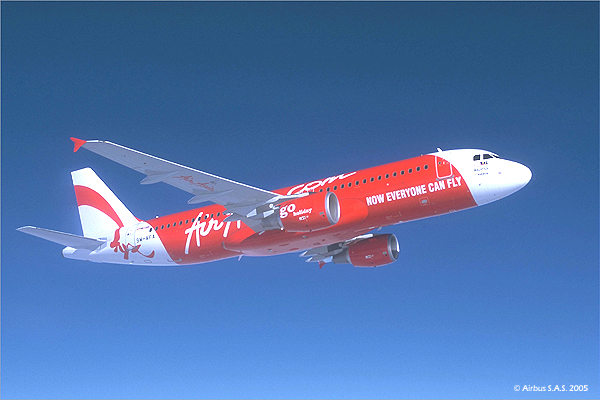

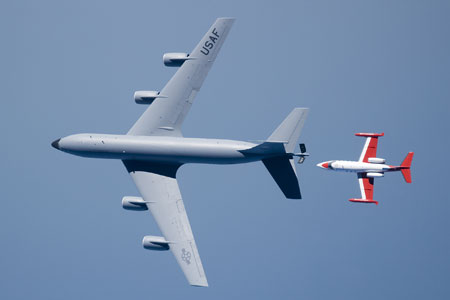
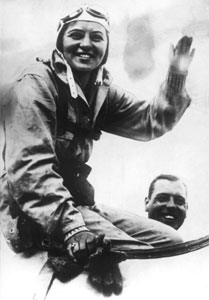 German aviation pioneer Elly Beinhorn-Rosemeyer died last Wednesday, November 28, at age of 100 (!) in a senior citizen home near Munich, Germany.
German aviation pioneer Elly Beinhorn-Rosemeyer died last Wednesday, November 28, at age of 100 (!) in a senior citizen home near Munich, Germany.